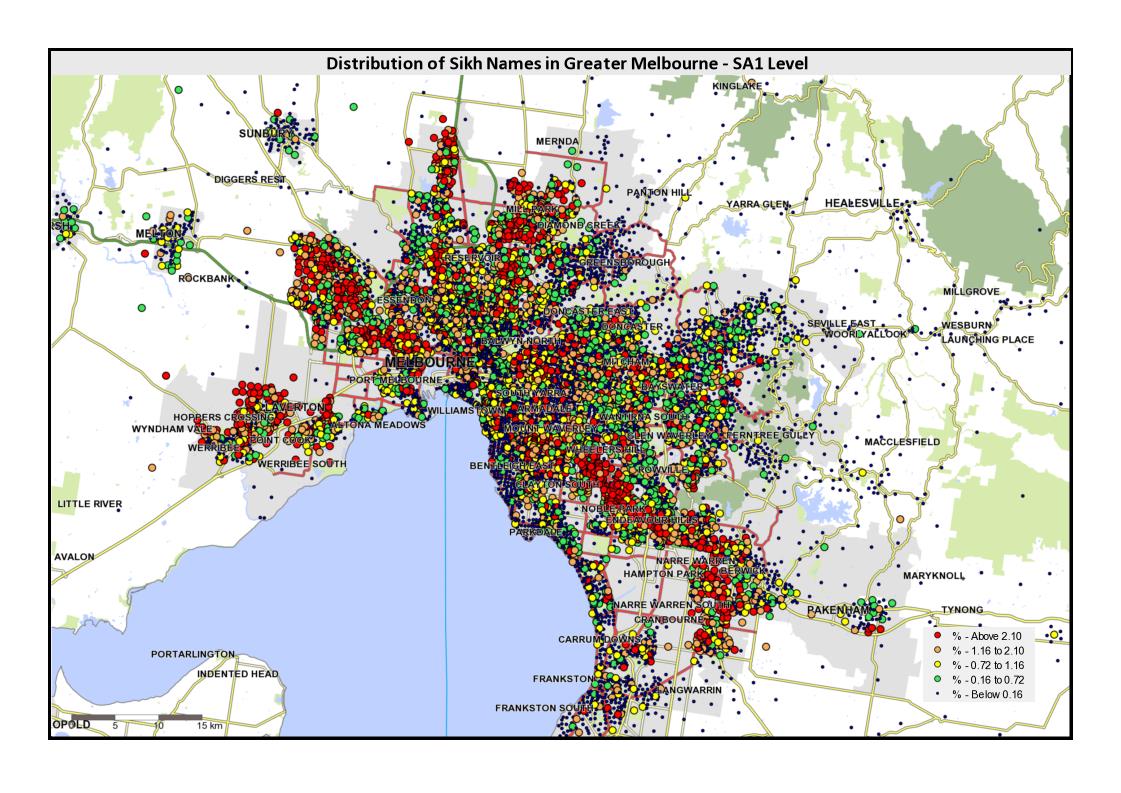Australia’s unique history has shaped the diversity of its people, their cultures, and their lifestyles. Today, Australia has one of the most culturally and linguistically diverse populations in the world.
Evidence of Why You Need an Evidence-base
Of the OECD countries with a population of more than 10 million, Australia has the highest proportion of overseas-born (28%). This compares with
- New Zealand (25%),
- Canada (20%),
- Germany (13%),
- United States (13%)
- UK (12%).
In addition to Australia’s 28% of overseas-born, a further 7% of people in the 2016 census were recorded as ‘Not stated’ or ‘Inadequately described’. The likelihood is that a proportion of these was also born overseas, meaning that Australia’s proportion of overseas-born is probably close to a third.
Even at the officially-recorded level, Australia’s proportion of overseas-born is at its highest level since the late 19th century. For more facts and figures, see our summary of census and related data at Census Insight.
But even this is only part of the picture of multiculturalism in Australia. The importance of cultural diversity in the market, is further emphasised by the fact that 49% of the population has one or more parent born overseas.
Add to this the people whose grandparents and great grandparents who were born overseas, especially those for whom there is a persistence of cultural values and behaviours, and we have a clear majority of people in the market who, to a greater or lesser extent, exhibit consumption behaviours for goods and services that are strongly influenced by their cultural context.
This diversity and rapidly changing demography of the market is a central feature of modern Australian life. It presents exciting challenges and opportunities for commercial organisations and public service providers alike.
But organisations firstly need evidence to understand the extent to which cultural is a dimension of their key metrics. And this is where Origins provides the solution. For more information, see Origins Products and Services.
Source of data:
Australian Bureau of Statistics, Census of Population and Housing, 2016, TableBuilder Pro
Australian Bureau of Statistics, Census of Population and Housing: Understanding the Census and Census Data, Australia, 2016, Catalogue No. 2900.0 (8 November 2018)

